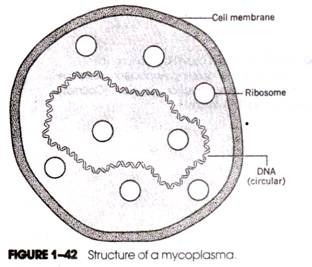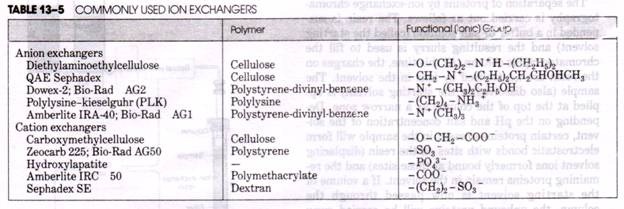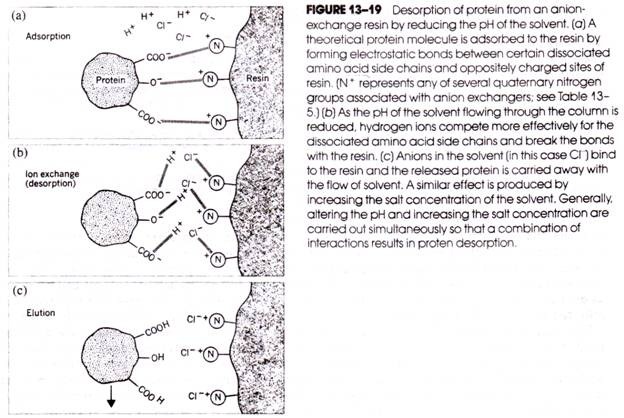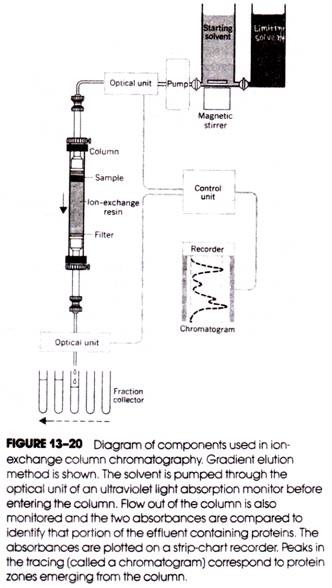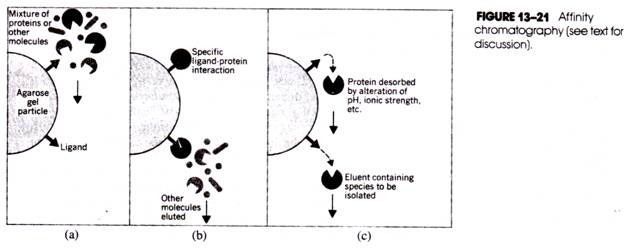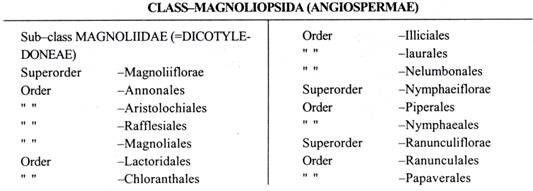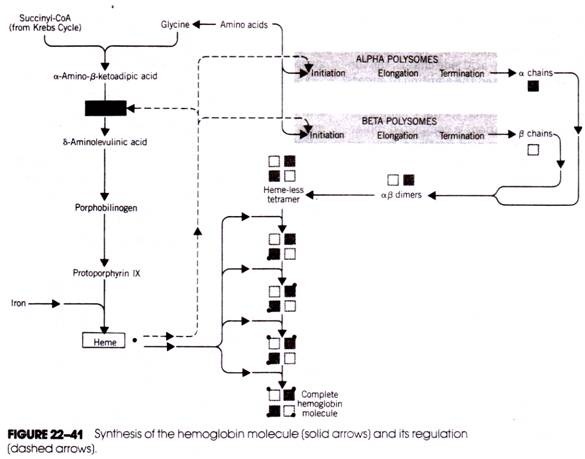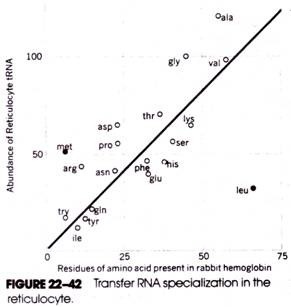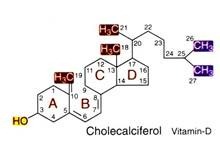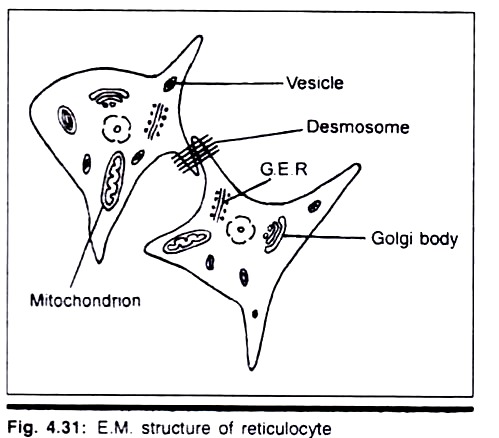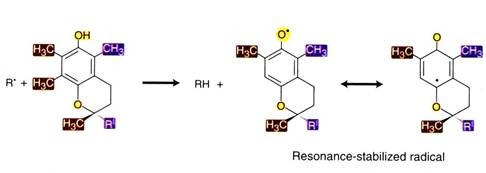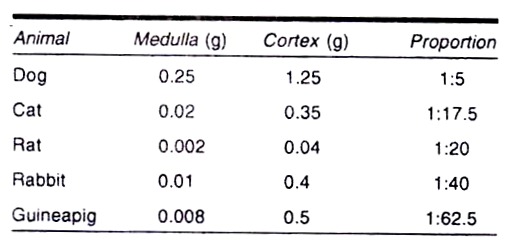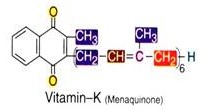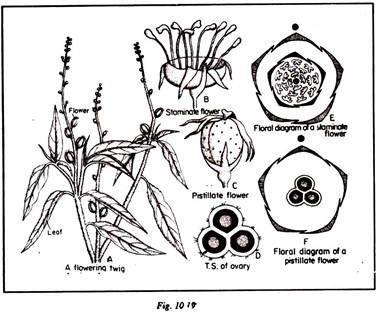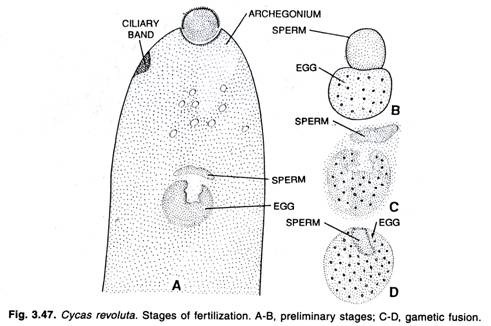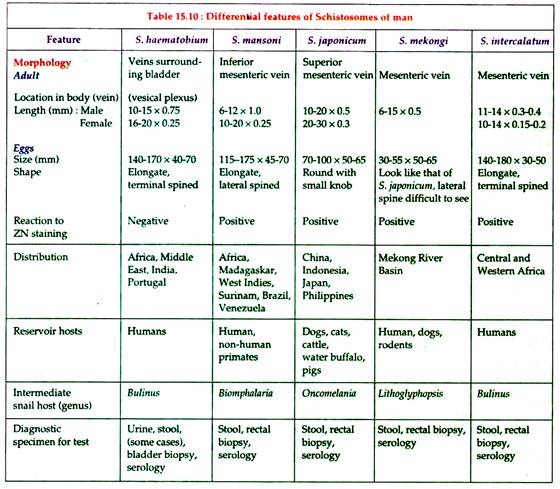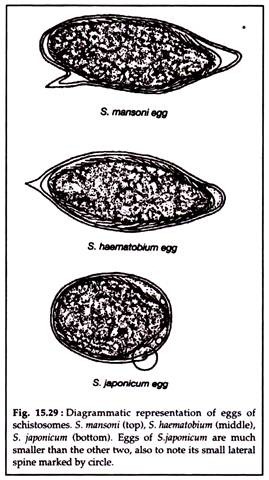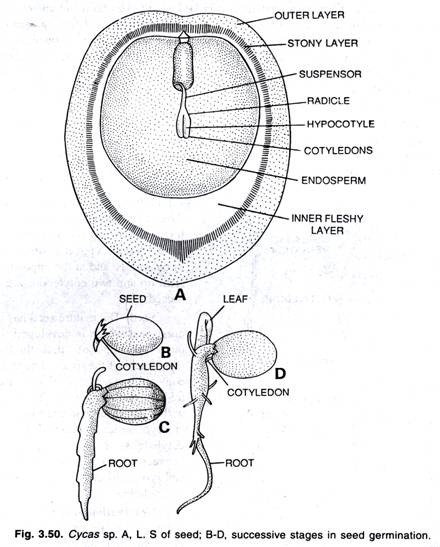ADVERTISEMENTS:
In this article we will discuss about the useful indices used in community medicine, explained with the help of formula.
(I) General Epidemiology:
1. Relative Risk:
ADVERTISEMENTS:
It is the ratio of the incidence of the disease of death among exposed and the incidence among non-exposed.
2. Attributable Risk:
It is difference in incidence rates of disease or death between an exposed group and non-exposed group. It is often exposed in percentage.
3. Exposure Rates:
A case control provides direct estimation of the exposure rates(frequency of exposure) to a suspected factor in disease and non-disease group.
4. Odds Ratio (Cross-Product Ratio):
In case of control study, Odds Ratio (OR) is the measure of the strength of the association between risk actors and outcome. It is closely related to relative risk.
(III) Communicable Diseases:
(A) Tuberculosis:
1. Prevalence of Infection =
2. Incidence of Infection (Infection rate) or Tuberculin Conversion Index =
3. Prevalence of Disease =
4. Incidence of Disease =
5. Prevalence of Suspect =
6. Prevalence of Drug Resistant Cases =
7. Tuberculosis Mortality Rate =
(B) Cholera:
Endemicity of Cholera:
ADVERTISEMENTS:
1. Persistence Level =
2. Minimum Monthly Incidence Rate
(MMIR usually measured for each district separately)
(C) Ankylostomiasis:
ADVERTISEMENTS:
Endemic Index for Ankylostomiasis = Average no. of hookworm eggs per gram faeces.
(D) Yellow Fever:
Vector Indices related to yellow fever:
(i) Aedes Aegypti Index =
(ii) Biting Rate =
(Useful to know activity of about Ae. Aegypti)
(iii) House Index =
(iv) Container Index =
(v) Breteau Index =
(E) Malaria:
(i) Incidence:
1. Annual Parasitic Incidence Rate
2. Annual Blood Examination Rate
(ii) Prevalence:
3. Spleen Rate =
4. Parasite Rate =
5. Infant Parasite Rate =
6. Proportional Case Rate =
7. Assessment of Endemicity =
(iii) Vector Index:
(i) Human Blood Index =
(ii) Sporozoite Rate =
(iii) Mosquito Density =
(iv) Man Biting Rate (Bitine Density) =
(v) Inoculation Bite =
(F) Filaria:
Filarial Indices:
1. Microfilaria Rate =
2. Filarial Disease Rate =
3. Filarial Endemicity Rate =
4. MIcrofilarial Density Rate =
5. Mosquito Infection Rate =
(G) Trachoma:
Endemicity of Trachoma =
(H) Leprosy:
Endemicity of Leprosy =
(IV) Measurements of Obesity:
1. Broca’s Index =
2. Corpulence Index =
3. Ponderal Index =
4. Body Mass Index (Quetelet’s Index) =
5. Loreniz’s Formula =
(V) Assessment of Quality of Protein:
1. Protein Efficacy Ratio =
2. Biological Value =
3. Degestibility Value =
4. Net Protein Utilisation =
5. Chemical Score of Proteins =
(VI) Vaccination:
1. Vaccine Efficacy Ratio =
2. Drop Out Ratio =
3. Programme Effectiveness =
4. Requirements for Vaccine =
(VII) Family Welfare:
1. Evaluation of Contraceptive Methods =
2. Annual Obstetric Coverage in a Community =
(VIII) Disability:
Sullivan’s Index:
It is known as expectation of life free of disability.
(IX) Measurement of Coronary Heart Disease Burden:
1. Proportional Mortality Rate =
2. Loss of Expectation of Life =
3. C.N.D. Incidence Rate =
4. Age Specific Death Rate =
5. CHD Prevalence Rate =
(Cardiovascular survey methods of Rose & Blackburn 1968)
6. Measurement of Risk Factor Level =
(X) General:
1. Socio-Economic Birth Weight Quotient =
2. Physical Quality of Life Index =
PQLI includes:
3. Human Development Index =
HDI includes = Life expectancy at one year. Education status of people and purchasing power of people (Adjusted Real Income)
Low HDI countries – HDI Less than 500
Medium HDI countries – HDI 500 to 799
High HDI countries – HDI More than 800
4. Intervention Index =
5. Double Population Expected in the Years =
6. Dependency Ratio =
7. Improvident Maternity Incidence =
(Improvident maternity child birth occurring to women who had already given birth to three children of whom at least one was alive.)
ADVERTISEMENTS:
8. Estimation of Eligible for immunization and Other Programmes =
(i) No. of pregnant women
= Total population x Birth Rate in decimal
(ii) No. of children at one year
= Population x Birth Rate x (1-Infant Mortality Rate)
(B. R. & I. M. R. in decimals)
(iii) No. of children at 5 years
= Population x Birth Rate x (1-I. M. R.) x (1-age specific death rates)
Or roughly
No. of children at 5 years
Infants No. x 0.984
(iv) No. of children at 10 years
= No. of children at 5 years x 0.966
(v) No. of children at 16 years
= No. of children at 10 years x 0.954.



































